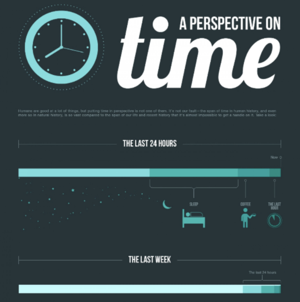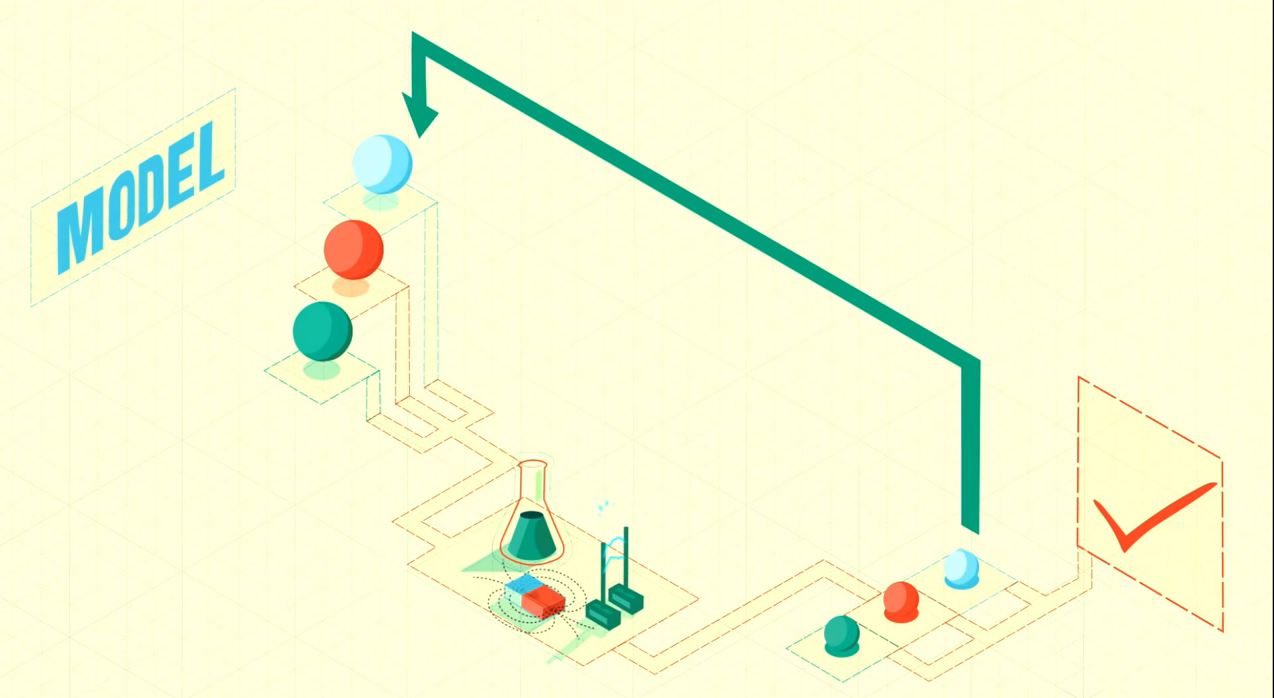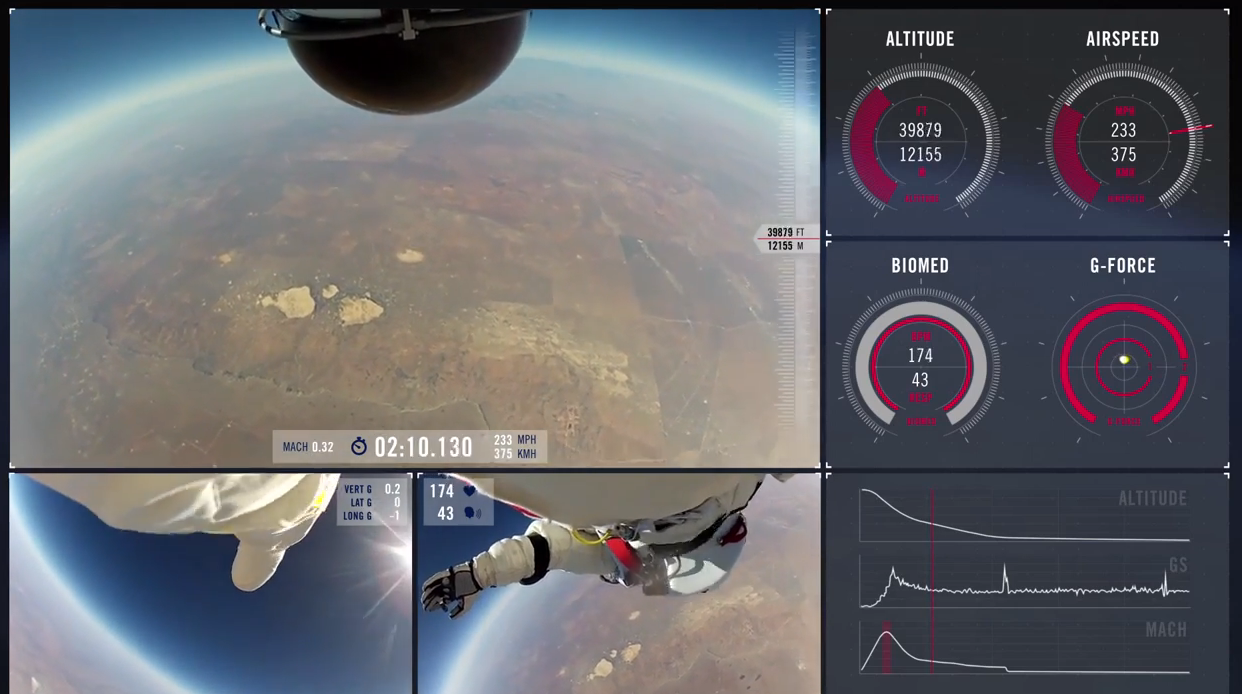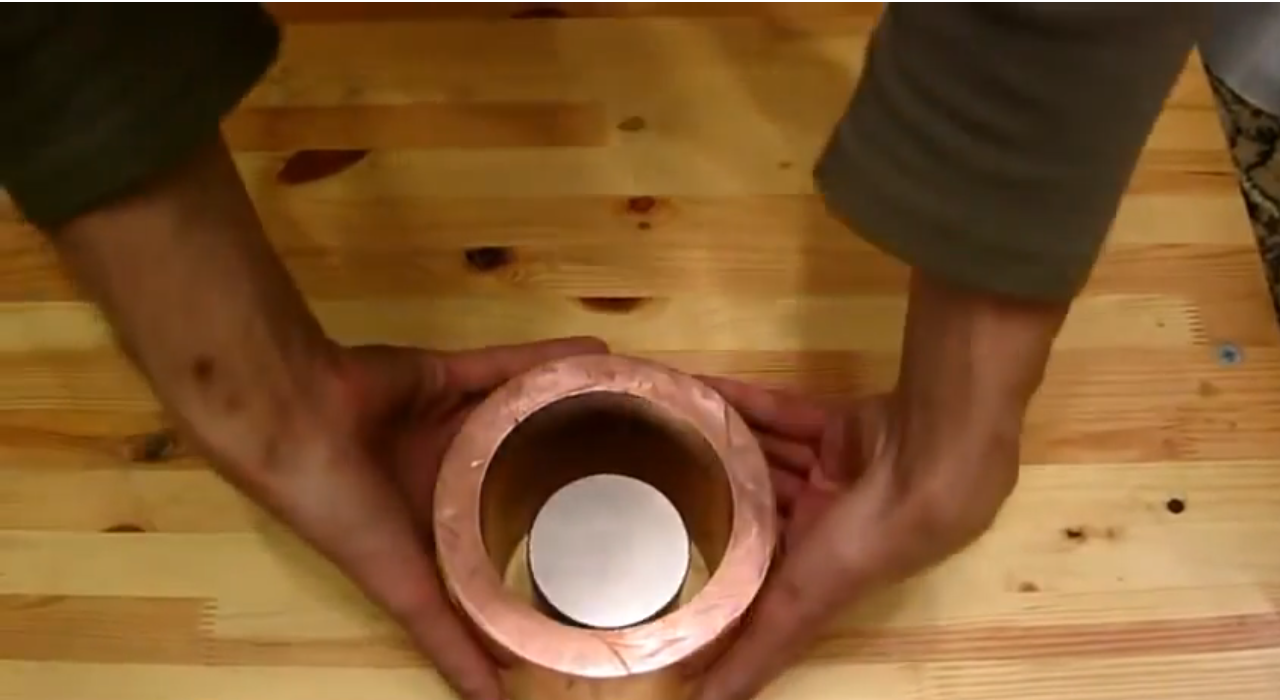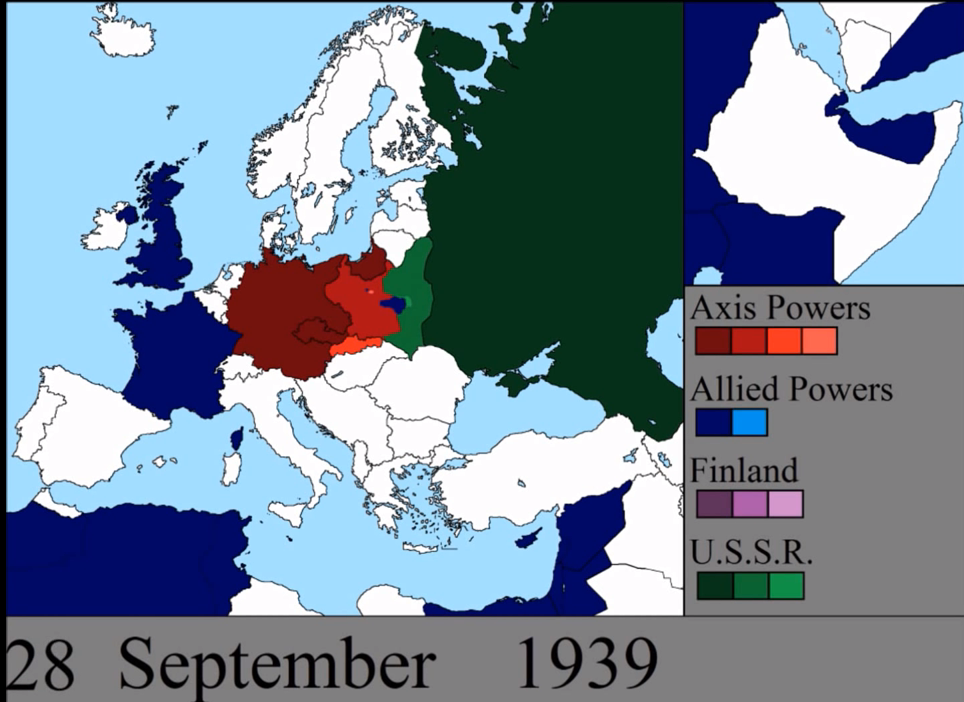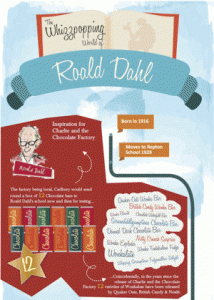We know why we became teachers. If it wasn’t the reason, then it’s why we remained teachers. It’s..
Seeing the light bulb go off. I think that’s why any teacher gets into teaching, because that’s the best feeling, seeing them so interested and engaged and finally getting it … and knowing that you made a difference. (Stancill, 2013)
“Seeing the light bulb go off.”
That’s how Haley Brown describes it. She’s a seven-year elementary school teacher in Raleigh, who has just accepted an administrative position – with a homebuilder. According to the October 24 Raleigh News & Observer article, Haley says that testing has not only robbed her of her emotional and professional energy, but also robbed her students of meaningful learning. Teacher assistants have been laid-off (state legislation), the workload keeps growing, and she has received only one raise and a 1% cost of living increase in her seven years.
It’s not an uncommon story, but one that has gained traction because of the note her husband, Matt, handed her, when she’d made her decision. Haley was so thankful for her husband’s support that she posted the note on her blog, earning 1,200 likes on Facebook. As the letter continued to resonate with some many people, Matt sent it to the N&O, and they published it as an opinion piece. As of this week, it is the most popular story page on the paper’s web site for 2013. It’s been read more than a half million times.
Does this really matter. Is anyone noticing? North Carolina is a right-to-work state, so there’s no teachers union and teachers don’t strike. They just slip away. Who cares?
There is a new story out there. It’s made up of lots of characters, plots and sub-plots, but it’s not been assembled yet.
This weekend, I’ll be attending the ReinventEd Unconference at Black Mountain SOLE, in Black Mountain, North Carolina. It’s going to be one of those learning events that’s driven by questions, not authorities, and no small part of its appeal comes from the fact that its organizer is Steve Hargadon.
My greatest wish is for a new narrative about education – a new and complete story that will resonate not only with passionate educators, but also with anyone else,
..who’s willing to listen.
Stancill, J. (2013, October 23). A husband’s support for his teacher wife becomes a viral sensation.Raleigh News & Observer. Retrieved from http://www.newsobserver.com/2013/10/23/3306958/a-husbands-support-for-his-teacher.html



